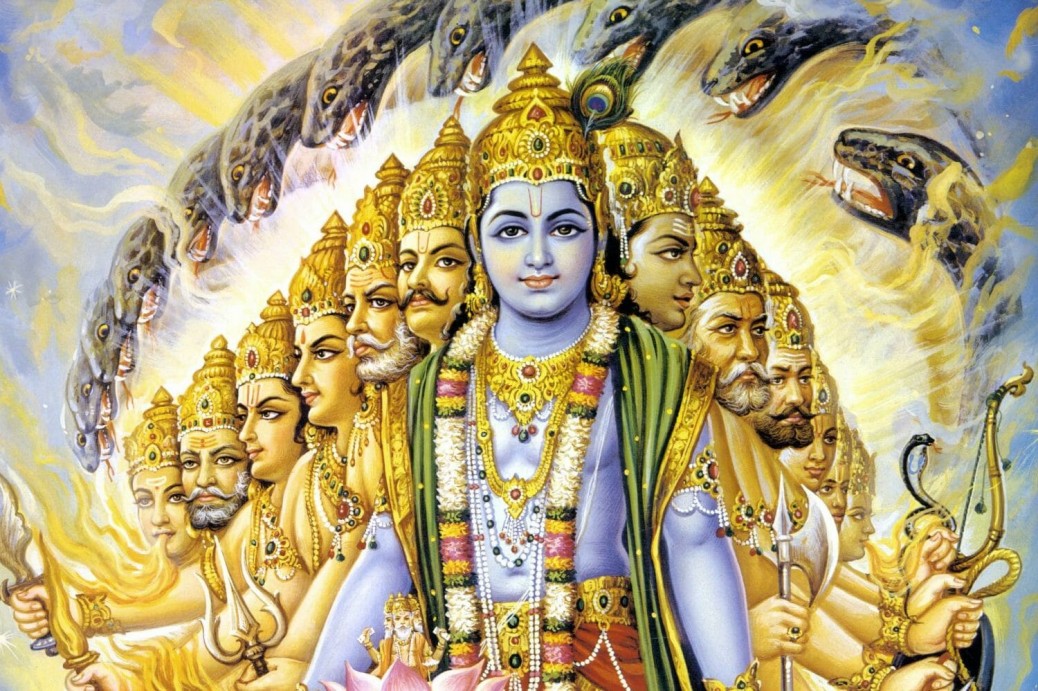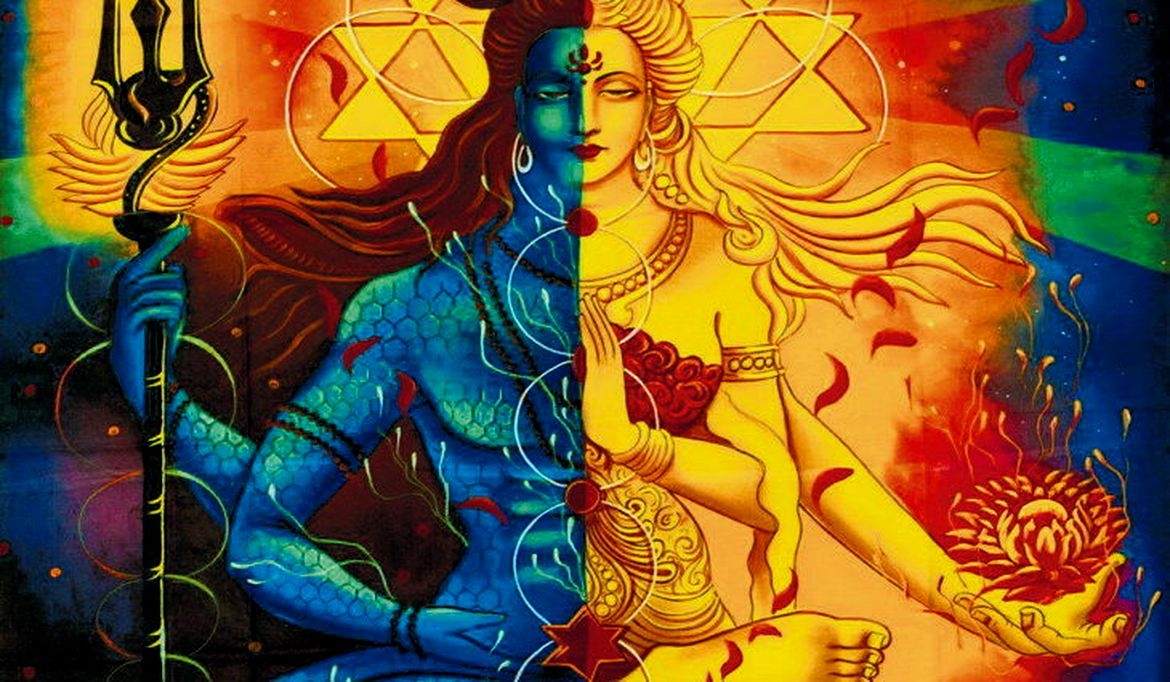Yam – In Gita Verse 2.48 Perform your duty equipoised, O Arjuna, abandoning all attachment to success or failure. Such equanimity is called yoga.
In the Bhagavad Gita Verse 2.48, Krishna imparts profound guidance to Arjuna on the path of duty without attachment to outcomes. He asks Arjuna to perform his duty not only as a Katriya warrior but also as a messenger of the universe. This teaching emphasises the attainment of inner equilibrium and discipline, known as yoga, where individuals transcend the duality of success and failure, focusing solely on their righteous responsibilities. By embodying the roles of a Kshatriya and a messenger of the universe, Arjuna is called to fulfil his duties with a sense of duty and a deep connection to the cosmic order. Krishna’s guidance serves as a reminder to Arjuna to approach his actions with detachment from personal desires and outcomes, focusing instead on upholding righteousness and fulfilling his role in the grand tapestry of creation.
By acknowledging and embracing the dualities inherent in life, such as life and death, individuals can recognise them as interconnected facets of the same cosmic energy. Integrating the awareness of mortality into their daily existence empowers individuals to foster self-discipline and elevate their consciousness, thereby guiding them towards a life imbued with equilibrium, purpose, and a clear sense of direction.
The concept of Yam as the inner discipline of yoga holds transformative value, guiding individuals towards a more holistic and fulfilling existence. By embracing the impermanence of life and the inevitability of death, one gains a profound understanding of human experiences and a deeper connection to the universe.
Embracing the dualities of life, encompassing both the vibrancy of existence and the inevitability of death, empowers individuals to navigate life’s intricate tapestry with a profound sense of clarity and fulfilment. By immersing themselves in the awareness of mortality and integrating this understanding into their daily routines, individuals can confront the impermanence of life with courage and equanimity, fostering a lifestyle characterised by mindfulness and purposeful living.
As individuals assimilate the reality of death into their lives, a transformative process unfolds where the essence of Yam – inner discipline and self-mastery in yoga – is kindled. Living with the consciousness of death as an intrinsic part of life gives rise to a disciplined approach marked by an unwavering remembrance of mortality. Every moment is experienced with the acknowledgment that life is transient and that one is continually progressing towards the inevitable destination of death. This profound awareness transforms death into a companion, a constant presence that shapes one’s perspective and existence.
By embracing death as an integral aspect of being, individuals can cultivate a life of discipline and intentionality. The contemplation of mortality prompts a shift in focus from the mere pursuit of life’s pleasures to a deeper inquiry: How can one live in a manner that honours the interconnectedness of life and death? How can one navigate existence in a way that allows for a graceful transition from life to death? This shift in perspective elevates the pursuit of a life well-lived, where not only does one savour the crescendo of bliss in living but also embraces death as the ultimate culmination of life’s journey.
Death, as the climax of life, reminds individuals of the transient nature of existence and encourages them to live authentically, with a profound sense of purpose and significance. By integrating the wisdom of death into everyday practices, individuals embark on a journey towards a harmonious and fulfilling existence where life and death coexist in a beautiful dance of balance, meaning, and transformation.
Through the integration of death into consciousness, individuals are reminded of the preciousness of life and the urgency of living authentically. This heightened awareness nurtures a deeper connection with oneself and the world, fostering a more meaningful and fulfilling existence as individuals align with the interconnectedness of the universe.
In the midst of battle, Krishna’s teachings serve to remind individuals of the transformative opportunities present in challenging circumstances. By understanding the transient nature of life and releasing attachments, one can achieve self-mastery and fulfilment in their actions.
Krishna motivates Arjuna to transcend attachments, fear, and self-identity in the battleground of war, leading to spiritual liberation and self-realisation. The practice of yoga is portrayed as a harmonious balance between indulgence and detachment, joy and impermanence, guiding individuals towards an authentic and purposeful way of living.
Arjuna is encouraged to connect with inner discipline and awareness before engaging in battle, recognising his role within the cosmic order and aligning himself with universal forces. By embracing life’s contradictions with awareness, balance, and inner strength, individuals can attain a state of harmony, fulfilment, and spiritual liberation amidst life’s complexities.
Tags: Yam




